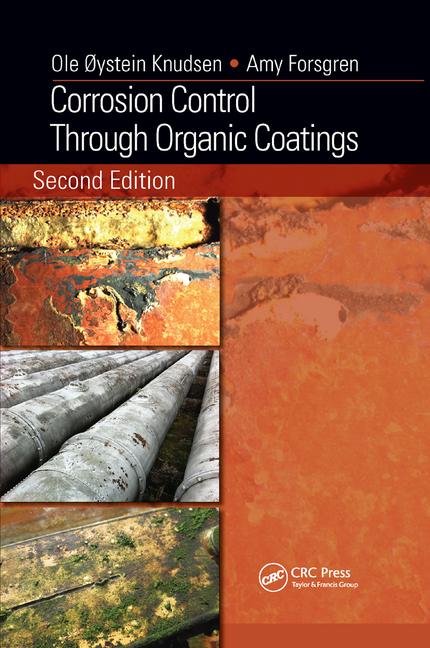PPG Developing Coating Technologies to Help Increase Fuel Efficiency

By 2025, fuel efficiency standards for U.S. cars and light trucks will require those vehicles to average 54.5 miles per gal—nearly double the average fuel efficiency of today’s automobiles. Researchers at PPG Industries’ Allison Park, Pa., Coatings Innovation Center (CIC) are doing their part to help automakers reach this target. They’ve kicked off a three-year project, funded by the U.S. Department of Energy (DOE), to develop PPG pretreatment and electrocoat technologies for the next generation of magnesium alloys.
“These alloys are considered a significant enabler for improving automobile fuel economy,” said Dick Karabin, associate director of substrate protection and engineered materials at the CIC.
“They’re a practical alternative for achieving more than a 50% weight reduction compared to the same components manufactured from steel. This project ensures that PPG will continue to be a market leader in automotive pretreatments and electrodeposition primers even as fabrication materials evolve for the next generation of lightweight, fuel-efficient cars.”
PPG’s CIC researchers, including Michael Pawlik and Thor Lingenfelter, worked with the U.S. Automotive Materials Partnership to develop the proposal for the DOE’s Vehicle Technology Program. The team received additional guidance from David Walters, PPG proposal manager, corporate science and technology. The competitive research and development award will cover up to $161,000 of PPG research costs, Walters said.
Work on the project will be conducted primarily at the CIC with support from PPG’s Euclid, Ohio, pretreatment facility.
For additional information, visit www.ppg.com.
Looking for a reprint of this article?
From high-res PDFs to custom plaques, order your copy today!







